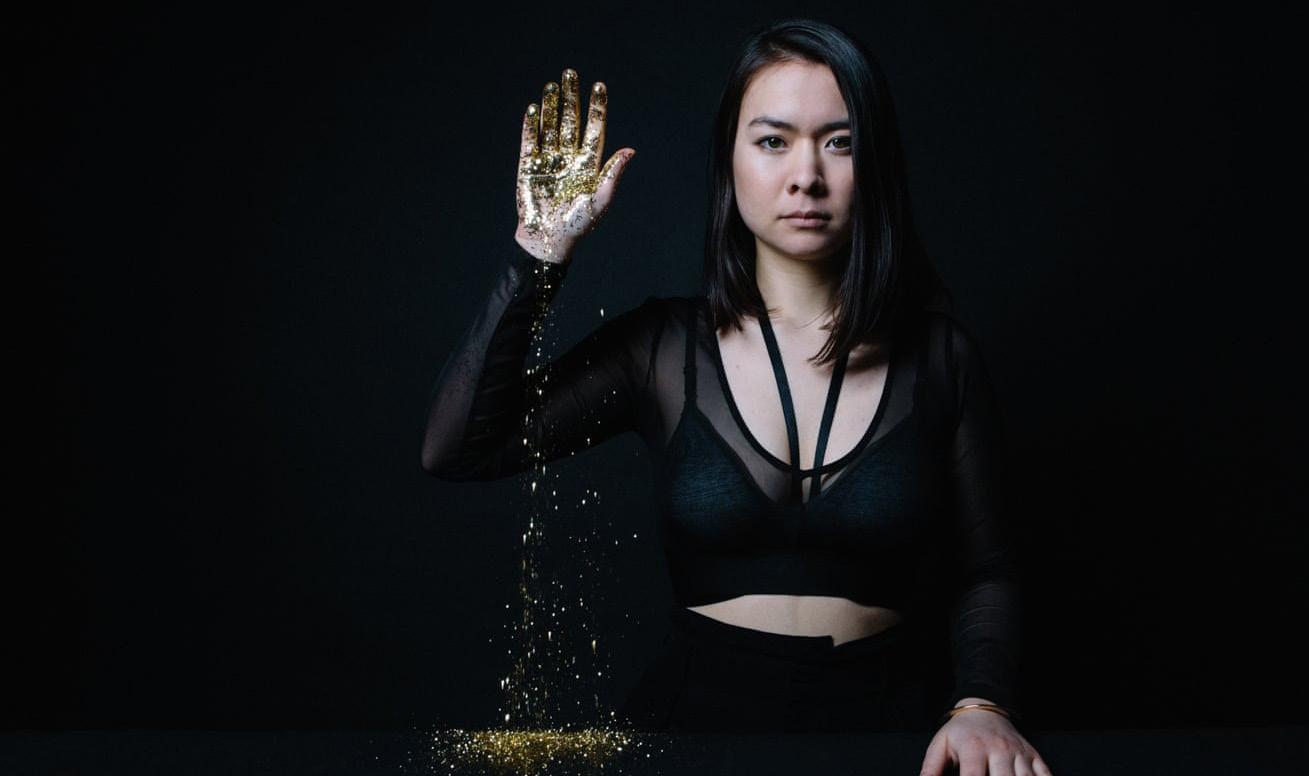
4 minute read
Across the Campfire
Mena Fouda
Mena FoudaFor as long as humans have existed, we have found comfort in storytelling. Our ancestors sat around campfires, and passed down chronicles from one generation to the next. Parents worldwide caved into the requests of their children, crawling into beds and recounting tales from faraway places. Every time I sat down to write a creative story as a child, I would read the words out loud. Saying ‘once upon a time…’ felt like bringing a picture to life.
Advertisement
Music has brought us together in a similar way. It has kept the oral tradition alive. Attending concerts is the modern parallel to attending a campfire. As people, we crave the community that forms from sharing our stories with each other to create bonds. At a concert, we all turn to face the same direction, our dance moves echoing each other’s, our lips mouthing the same words.
Sometimes, it’s hard to feel that intimacy in big spaces. Giant concert halls feel too vast to develop a direct connection with the artist. Perhaps that is why bands like Glass Animals are choosing instead to play smaller venues, like Mod Club, to re-establish that bond. There’s a reason why their latest tour is coyly titled Déjà Vu.
Furthermore, nostalgia culture has been a tremendous factor in determining the type of art that gets developed and released in recent years. Sounds are constantly compared to sounds of the past (“that Arctic Monkeys album sure has a 70’s space lounge vibe to it!”). There are even attempts to recreate the trends of the past, like the failed Woodstock reunion; there has been a resurgence in the popularity of vinyl and tapes. We constantly turn to the past in order to give our present meaning. In a chaotic world that just keeps on getting busier, sometimes it is comforting to strip things back to the bare necessities. So, what are those necessities?
Programs like Artery attempt to answer that question with their slogan: “every space is a stage”. Artery provides a way for artists to connect in intimate spaces. Every weekend, people across Toronto sign up to host artists in their apartments, their houses, their terraces, or their studios. In this way, it deconstructs the idea that high arts belongs in sterile spaces. Art does not belong in cold museums, or in corporate-named arenas. We shouldn’t have to stand a designated 5 feet away from art at all times. Art should be in spaces that encourage the flow of ideas from one person to another, creating dialogues that transcend language and barriers.
Artery is a program fueled by social media. Every weekend, Artery posts a list of events on their social media stories, with a location and brief description of the act. For example: ‘LESLIEVILLE: an Egyptian jazz-funk quartet plays in a cozy apartment’ or ‘QUEEN ST. W: local drag queens perform pop renditions in a bohemian living room’. All you need to do is RSVP by messaging them on Instagram, and they’ll reply with the details.
You can also filter through their website based on the type of performance you are interested in (like music, comedy, food, or fashion), or the space you’d like to be in (a balcony, a café, a treehouse, or even a mystery location). Artery operates within a realm of relative anonymity, which creates an exciting sense of mystery, and invites you to look past the name and face of an act. Forget the title of the film, just watch it with no reservations. The audience is bound by their curiosity and desire to discover undiscovered voices.
Artery brings forth an element of accessibility to the scene. Gone is the traditional proscenium stage set-up. Instead, artists from all around the world set up their instruments in living rooms, with audiences splayed out across the furniture. Personally, it reminds me of weekly show-and-tell sessions from elementary school. We convene on the carpet to learn more about each other. Our wide eyes drink in the artifacts that people have gathered up the courage to bring from home. We are a people who crave the nuanced movement of leaning in around the camp-fire, intrigued at the stories that we are privileged to hear. Every time an artist gets up in front of an intimate crowd, we participate in reviving that oral tradition that has shaped our stories through generations. More so, we participate in rejecting the idea that art should be exclusive— that the worthiest albums are created in pristine studios, or that the most valuable sounds can only be heard in exchange for a $250 arena concert ticket. We reject the idea that art requires specifications in order to mean something to someone.
So once again, what are the bare necessities to the art-form of music? The baseline is to create a dialogue between people, as we have done throughout history. Music is communal. When a song is shared and an audience member closes their eyes and sways in reflection, that is the art-form at its best. There is intimacy in connecting with artists who create their art with fervour and who perform it in unconventional spaces in the midst of a bustling city. There is beauty in stories that are shared through the plucks of a sitar, and courage in the rising volume of previously unsung voices.

Illustration by Sherry Liu









